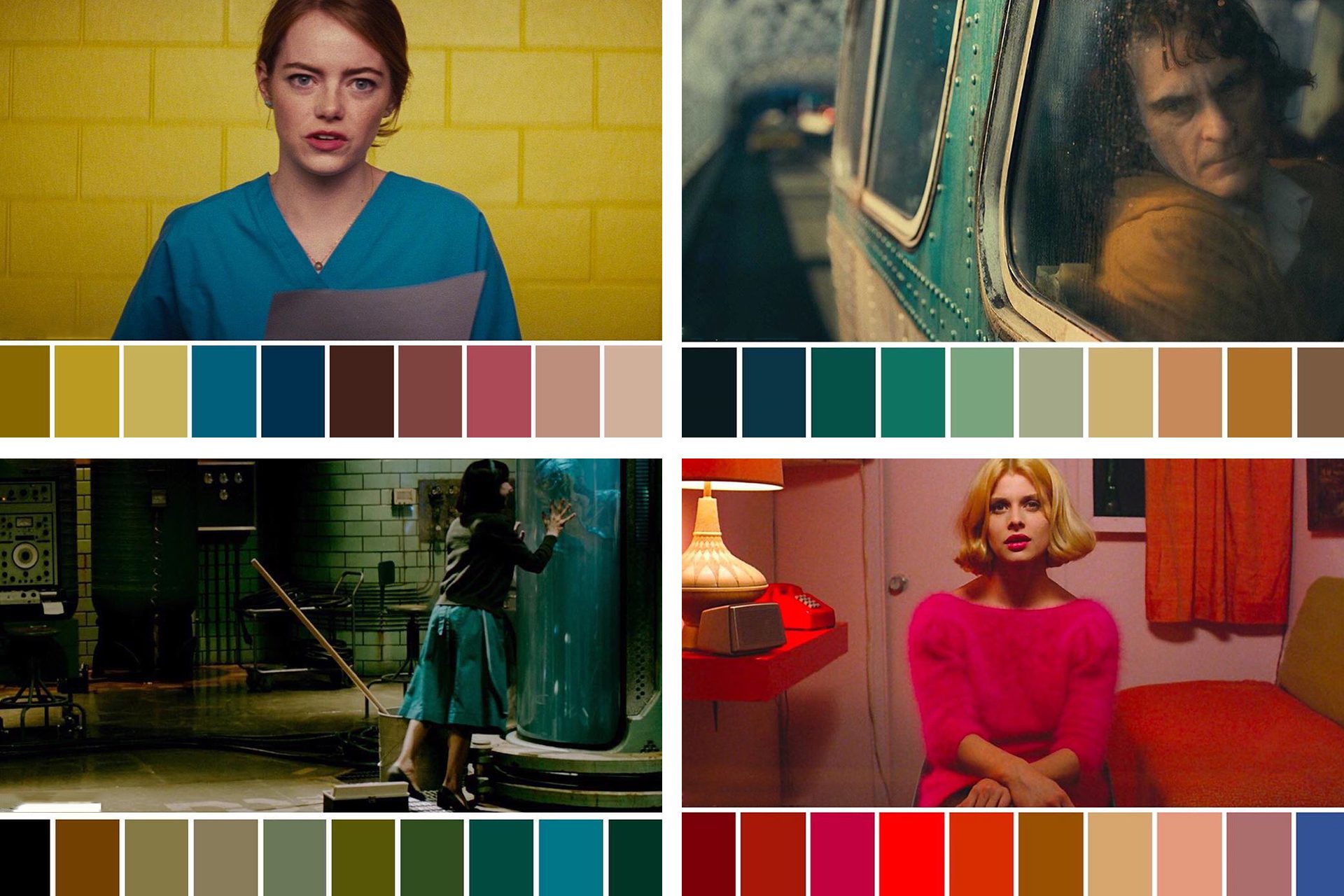Spy Cameras - Bonding Film And Genuine Life
Spy Cameras - Bonding Film And Genuine Life
Blog Article

In the following series of posts of we will impart the hard-won knowledge that we have actually gained as effective independent digital filmmakers. And (drumroll puh-leaze!) we will do this totally free!
During the 1980s, movies were moved onto VHS tapes. Today however, a movie to video transfer involves digital tape - instead of VHS and video tapes - it's now miniDV tape. There are a number of film transfer approaches with transfer services available. Many experts will move movie to video utilizing the Elmo and Goko maker. However, the most popular and newer method is the work printer device transfer with high-definition optics.
Enhance your home's privacy. We all value our personal privacy and with the addition of window film to your house you can rest guaranteed that your privacy will stay fully in tact. Perhaps you have a window dealing with the street or the next door neighbors home. Perhaps a bathroom window or glass shower door might utilize the addition of a movie to keep spying eyes away. Whatever the case, you might wish to look into frosted window movie. This is an opaque film that will allow the sun's light to bathe the room yet keep any on-lookers from peering into your home. Frosted window movie adds class and elegance to any window and keeps you from having to permanently draw the blinds.
When you are done peeling all of the film, get ready to put it in place. Start with the top and work your way down, make you sure you squeeze out the air bubbles as you do it. Do not fret too much if you do not eject all of them. You can deal with them when you have actually positioned the movie. Keep the movie damp as you deal with it, this makes it easier to squeeze the bubbles away.
Throughout the 1980s, film s were transferred onto VHS tapes. Today though, a movie to video transfer involves digital tape - instead of VHS and video tapes - it's now miniDV tape. There are several film transfer techniques with transfer services available. Most experts will move film to video utilizing the Elmo and Goko device. But, the most popular and more recent method is the work printer device transfer with high-definition optics.
You can "press" your movie which involves exposing the film one or more stops faster than it's advised ASA speed and then establishing the film as if it were a quicker movie. This increases the contrast of the negative and can provide a nice rough impact especially with black & white images.
There you go. We had the ability to take a hard search the difference in between the movie and digital photography. These are all the features that make an individual to be a great fan of the digital world, a useful one who blends it up depending on the requirement, or a person who is very traditional. I resemble the individual in the middle. So if you will buy one however, I would suggest to ensure that you will have the documentary equipment ability to stabilize the feature vs. the cost.